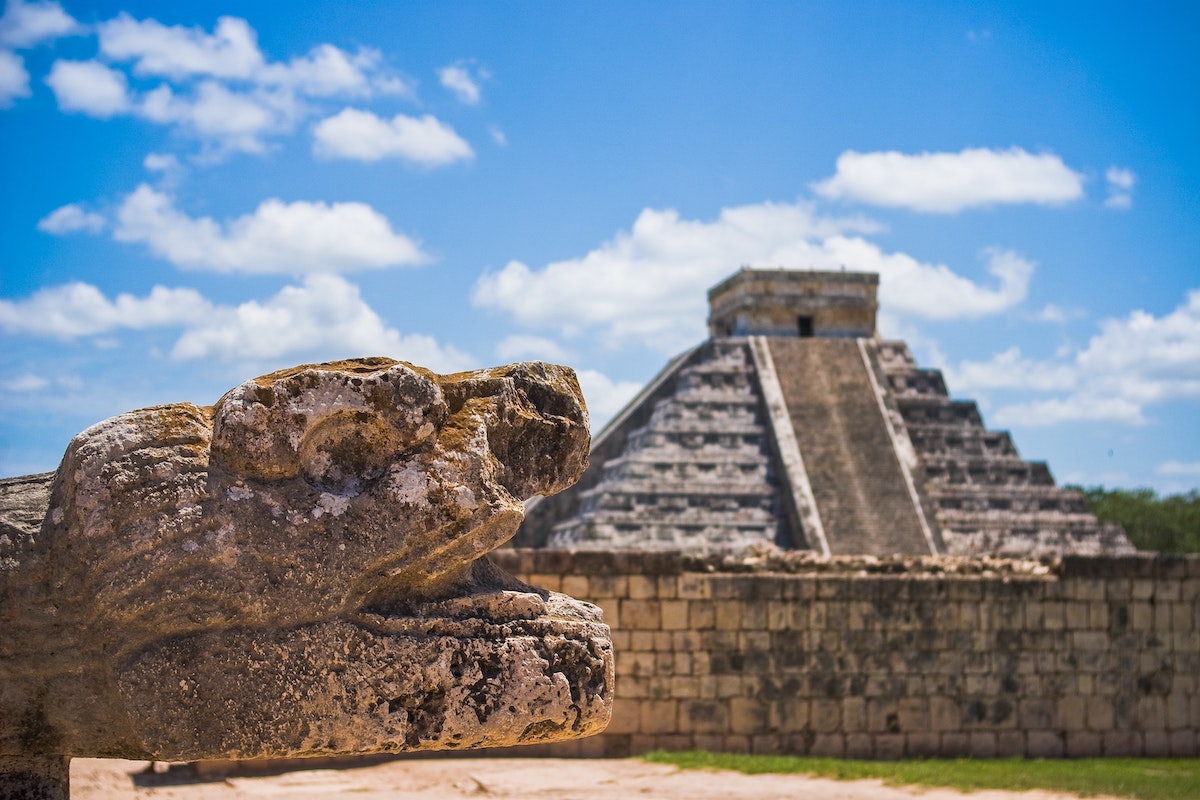
Archaeology Volunteer Vacations: Prehistoric Cave Art, Shipwreck Diving & More
By: Robin Van Auken
Skip to Section
Article Summary
Archaeology volunteer trips offer a way to dig deeper—literally and figuratively—into history while contributing to meaningful research around the world.
From medieval graveyards in Ireland to prehistoric cave art in France and underwater shipwrecks in the Caribbean, this guide outlines several hands-on opportunities for travelers looking to pair curiosity with service. These programs welcome amateur enthusiasts as well as students, with options ranging from rugged fieldwork to more structured tours. Whether you’re interested in ancient farming communities or Maya ruins, each trip offers a chance to learn, explore, and actively support archaeological discovery.
- Volunteer digs help offset the cost of archaeological research and often open access to important historical sites.
- Programs range from basic fieldwork to more comfortable experiences with expert guides and structured itineraries.
- Opportunities include excavating in Portugal, diving for shipwrecks in the Caribbean, and studying cave art in France and Spain.
- Many trips are designed to benefit local communities through cultural tourism and preservation efforts.
- Participants don’t need formal training—enthusiasm and a willingness to learn are the main requirements.
Not many people consider working while on vacation, but doctors do it when they travel beyond borders, and carpenters do it when they build new habitats. They join interested and empathetic people who want more than sightseeing from a vacation. People who want to get their hands dirty. Someday, I would like to take a vacation and come home with memories other than a day tour to a landmark, or a visit to a museum. I would like to get my hands dirty. I would like to unearth those landmarks, excavate the treasures that end up in the museums. I would like to go on an archaeology volunteer vacation.
Even though I teach American Archaeology at a local college, I would like to experience an Old World Archaeological dig as a student, under someone else’s supervision. I’d like to go someplace completely different, somewhere exotic. Someplace where my efforts are needed. A vacation that teaches me something new, and is a service to humanity.
Although there’s a lot of public interest in archaeological sites, there’s not a lot of money for excavation and preservation. One way museums and universities offset the expense of research is to team up with volunteer vacation groups. Without their help, many important archaeological sites wouldn’t get dug.
Why Consider an Archaeology Volunteer Trip?
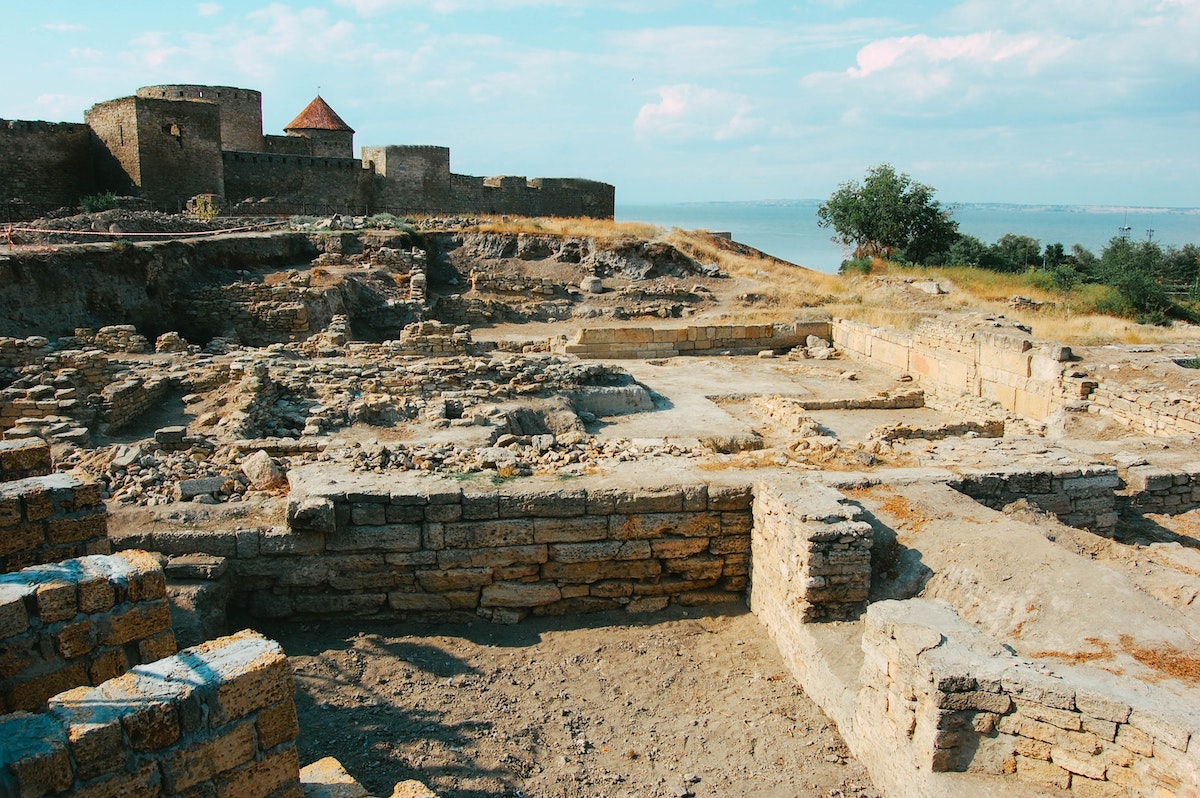
Ruins of a fortress – Photo by Nika Benedictova on Unsplash
It’s a win-win situation. As “Stewards of the Past,” we conserve the stories of people long gone and pretend we’re Indiana Jones.
Archaeology isn’t altruistic—it doesn’t provide basic needs services in developing nations, like doctors administering vaccines to indigent children and carpenters rebuilding homes destroyed by natural disasters.
But, archaeology is important. It’s the quest for knowledge, a thirst we all share. We all want to know, “What is it? Who made it? Where was it found? Why does it matter?”
Everything we know about the material world and the people who live on it, beyond a few hundred years, we’ve learned from archaeology.
Unlike college students enrolled in a field school and their instructors, volunteers on vacation can work at archaeology sites during the day, then skip the lectures.
I know, roughing it in the field is supposed to be part of the charm of an archaeology dig, but I’m a woman in my 50s. I’m not interested in pooping in a hole in the ground, sleeping on a cot, or eating dirt with my peanut butter sandwich. I want dinner at a five-star restaurant, 800-count Egyptian cotton sheets, air conditioning, a private bathroom, and wifi.
I want the gratification of a vacation and the personal satisfaction of performing a good deed, and I can have both as a voluntourist.
Recommended Archaeology Volunteer Trips
Ireland and the Blackfriary Project

Trim Castle, County Meath, Ireland – photo by William Murphy, Wikimedia Commons
No history buff’s trip to Ireland is complete without a visit to a church site and graveyard—and archaeology enthusiasts can help excavate at the Blackfriary site, located in the Medieval town of Trim, County Meath. The Blackfriary Archaeology Field School has been inviting people since 2010, with a goal “to continue delivering a wonderful experience to all interested students, visitors, lifelong learners and enthusiasts at the Blackfriary.”
The project began an partnership between the Irish Archaeology Field School and Cultural Tourism Ireland, bringing in university students as well as amateur, interested people of all ages to volunteer at an important site while using its culture and people as an asset for tourism. The program is called CHAT (Cultural Heritage Amenity Town) and it’s a unique opportunity that benefits the local community and businesses while scientists and volunteers perform actual academic research.
Want to learn more about volunteering at Blackfriary? Click here to listen to students, volunteers, and staff talk about their experience at the Blackfriary excavations.
France and Prehistoric Cave Art
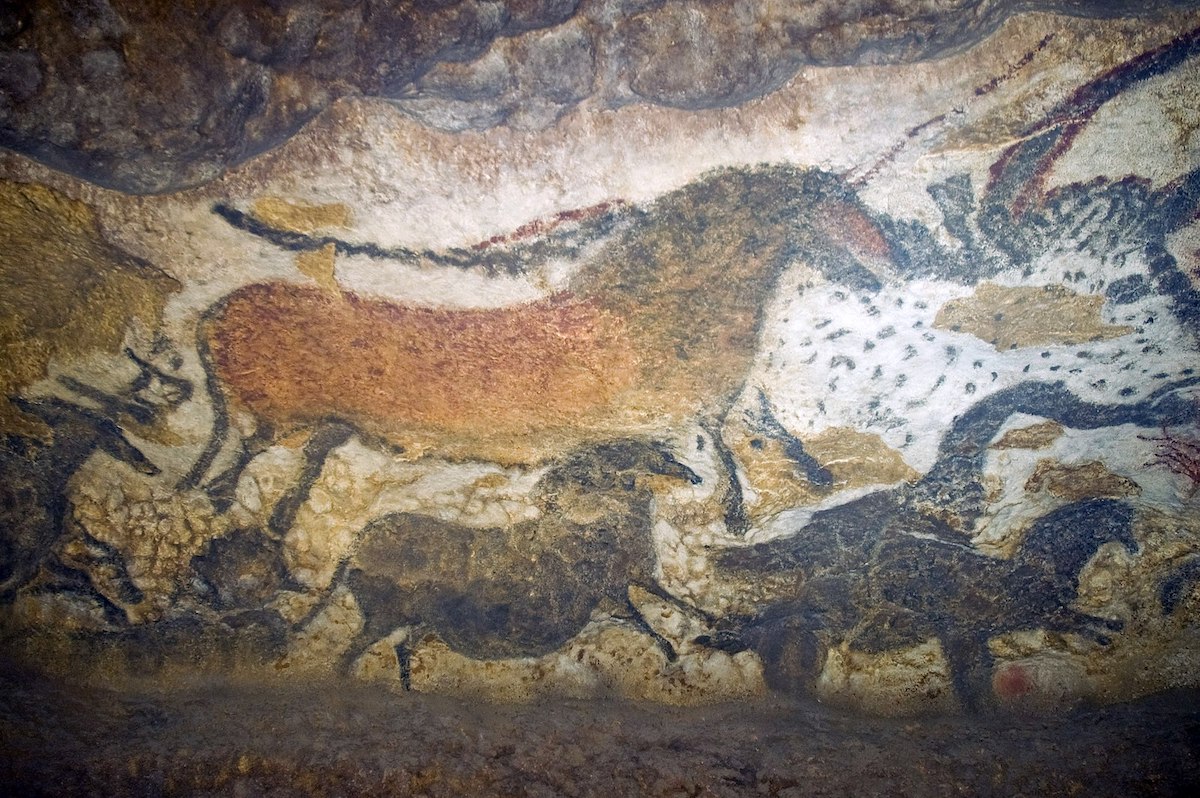
Lascaux II cave paintings – photo by Jack Versloot, Wikimedia Commons
The Archaeological Institute of America is the oldest and largest archaeological organization in the United States, supporting research in the Americas and abroad since 1879. It publishes a research journal and provides scholarships to students, but it is probably best known for its public programs such as International Archaeology Day events (held annually on the third Saturday in October), online interactive digs, and archaeological-themed tours, “for the curious to the connoisseur.”
The AIA offers small-group tours for up to 16 travelers, guided by an expert lecturer who follows a paced itinerary. The AIA organizes hotels and its trip managers and local guides oversee every detail of the trip. While the AIA offers tours to Egypt, Mexico, and other destinations, the one that interested me is the opportunity to visit Europe’s most extraordinary prehistoric caves. As an amateur artist, I’m curious about the cave art drawn by people more than thousands of years ago. Because some of these sites are fragile, tourists are not able to see the real space. Instead, Lascaux IV is an exact reproduction of one of the most remarkable prehistoric sites ever discovered.
Another replica is Altamira II, a mirror of the original cave called the “Sistine Chapel of Prehistoric Art.” The tour does escort visitors to authentic locations, such as Atapuerca, the most significant early human site in western Europe; Las Monedas Cave and Cueva del Castillo, where 180 animal likenesses were painted some 12,000—14,000 years ago; Cougnac, which features paintings of extinct megaloceros and mammoth; and Pech Merle, known for its “negative handprints.”
If you’re not a tourist, but a student interested in participating in an archaeological project, the AIA has resources for people looking to get into the field. Check out the Archaeological Fieldwork Opportunities Bulletin (AFOB). Keep in mind that fieldwork opportunities are submitted by project directors or staff members of archaeology sites, and are not sponsored by the AIA.
Diving the Caribbean Searching for Shipwrecks
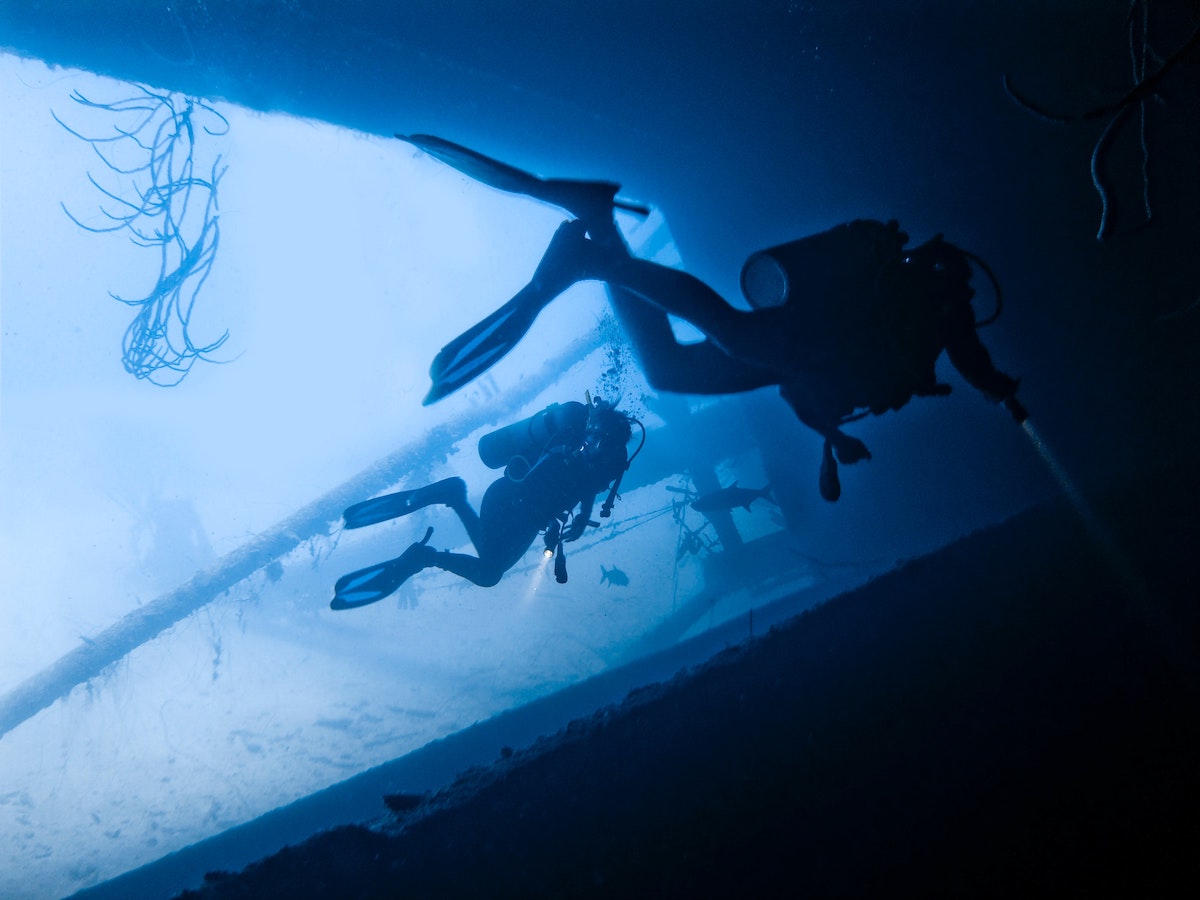
Shipwreck diving at Bonaire National Marine Park – Photo by Vlad Tchompalov on Unsplash
Feeling adventurous for a Caribbean vacation that doesn’t begin and end at a beach bar? Sign up for SCUBA classes and learn how to dive! Then you can take part in the Shipwreck Survey offered by the St. Eustatius Center for Archaeological Research. Underwater expeditions are open to students and archaeology enthusiasts of all levels.
Shipwreck Survey expeditions are a mix of presentations, workshops, underwater research, data processing, artifact conservation, and public outreach. The living and working conditions are basic and are suited to both students who are looking for a unique experience in underwater archaeology or enthusiasts who would like to be completely immersed in maritime history.
A former participant writes on TripAdviser about the leader of the expeditions, “Ruud (Stelten) also ensures you remain active all the time—in addition to the marine archeological activities he takes you on nature hikes, historical tours, fun dives (including an unforgettable night dive on a more recent wreck) and the local bars and restaurants of St Eustatius.”
From Foraging to Farming in Prehistoric Portugal
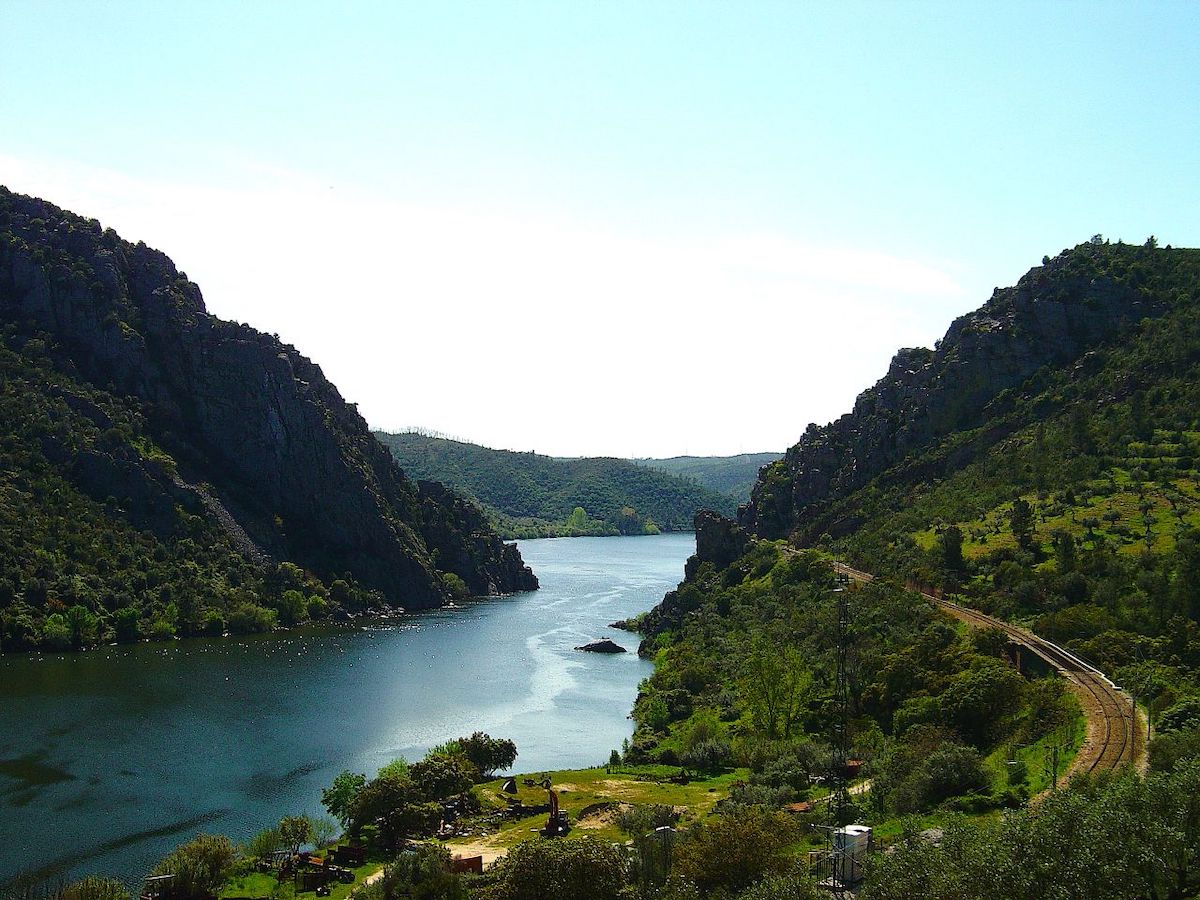
Tagus Valley, Portugal – image via Portas de Ródão, Wikimedia Commons
If SCUBA and underwater archaeology is too demanding, Earthwatch offers expeditions that range from paleontological digs as well as environmental projects working with elephants or dolphins. But, if you’re an avocational archaeologist and you’re interested in how people transitioned from being hunters and gatherers to living in civilizations with domestic animals and agriculture, then travel to Portugal where researchers in Tagus Valley are digging for answers to the Mesolithic-Neolithic transition, one of the most controversial issues in prehistory.
As a volunteer archaeologist, you can joining an actual excavation, sifting through the soil for tools and human remains, that will help with this archaeological debate and contribute to the extensive research that preserves Portugal’s natural and cultural heritage.
Mayan Archaeology and the Yucatan
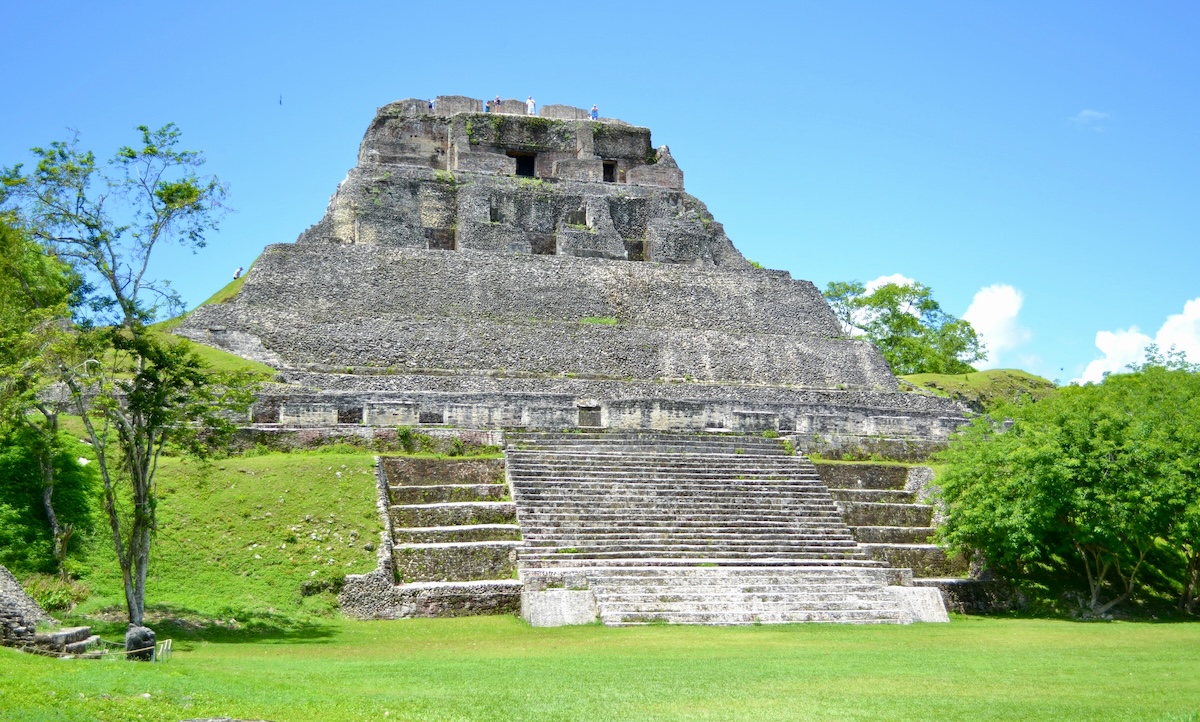
Photo by Stephanie Klepacki on Unsplash
The mystique of the Maya—it’s been a siren song for avocational archaeologists for a century. Now you can discover the ancient ruins of the Maya people and learn about the importance of water to their cities and way of life on an expedition with Road Scholar. Meet local archaeologists for a scientific look into Maya culture.
If you enjoy hiking in small groups, you can travel to Maya ruins in the Northern Yucatan and learn firsthand from archaeologists leading the tour how (and why) the Maya built their pyramidal structures and why Uxmal is considered to be one of the most beautiful Maya sites. You’ll also listen to how water impacted their cities, beliefs and eventually their downfall.
This active adventure escorts you high and low. You’ll explore local cenotes—natural caves filled with crystal-clear water—and hike to remote ruins. This journey is not for the timid. It has you walking hours at a time over varied terrain and the heat and humid weather can be difficult. Also, pyramids have steep steps without railings, so you’ll need good balance.
Of course, Road Scholar offers a variety of trips, and you can filter them not only by destination and interest, but by activity level. Click here if you want to see all its archaeological offerings.
There are many more opportunities out there to be found. Now how do I select only one?
About the Author
Robin Van Auken, MA, RPA, is the CEO of Hands-on Heritage. She is an anthropologist and registered professional archaeologist (National 15069). She specializes in working with communities, galvanizing individuals to contribute their memories, photographs, and artifacts to develop legacy projects. Through in-depth, sensitive interviews, she learns the important stories that connect people through time and space. Robin especially enjoys the challenge of hunting for historic photographs and artifacts that highlight America’s history. As a professional archaeologist, she has directed multi-year public cultural heritage projects, working with hundreds of volunteers and educating thousands of visitors.
Featured image via Unsplash.
Information published on this website and across our networks can change over time. Stories and recommendations reflect the subjective opinions of our writers. You should consult multiple sources to ensure you have the most current, safe, and correct details for your own research and plans.
Frayed Passport is a participant in the Amazon Associates Program, an affiliate advertising program designed to provide a means for sites to earn advertising fees by advertising and linking to Amazon.com. We also may share links to other affiliates and sponsors in articles across our website.




